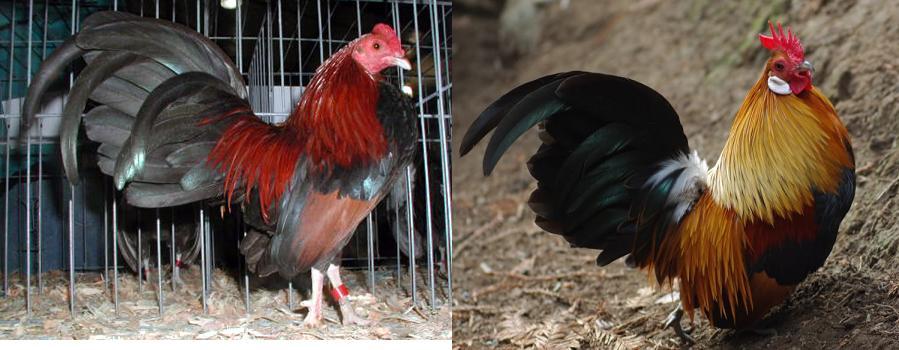I didn't name a specific breed because I've been reading about several and trying to get a handle on what is meant by various patterns and colors in general. That said, I have a pair of Black Copper Marans which recently started showing their "copper" feathers, thus spurring the specific question regarding red vs mahogany vs copper, so I guess starting there is as good a place as any.
I'm really just trying to put these colors in context when it comes to chickens. "Red" can mean different colors depending on where it is used. For example, "red" with cats is really more of an orange, yet "red" in dogs is more of a reddish-brown, or what I would consider "mahogany." As an artist, I can tell you that my red pencils and paints are not at all the same as any of the "reds" we describe in animals. To further confuse matters, when it comes to chickens, a "red" comb and a "red" feather are not at all the same color. Since I am brand new to chickens, I don't yet know what "red" means when it comes to poultry.
My reading thus far has led me to conclude that, when it comes to chickens, there is a discernible difference between red, mahogany and copper, especially given that, in some cases, these color variations are used to describe whether or not the bird conforms to the SOP. However, nothing I've read to date actually explains the difference between red vs mahogany vs copper, the articles just assume you already know, which I don't. Thus, I'm just trying to figure out what that difference is. Reading the words without any visual examples makes it difficult to quantify them, so I am in search of visual examples to aid my understanding. Honestly, I thought this would be a simple question and that learning to differentiate them was just a matter of comparing enough birds with those colors pointed out. I figured a good way to do this was to ask people to share pictures of their red, mahogany and copper chickens so I could actually see the colors.






